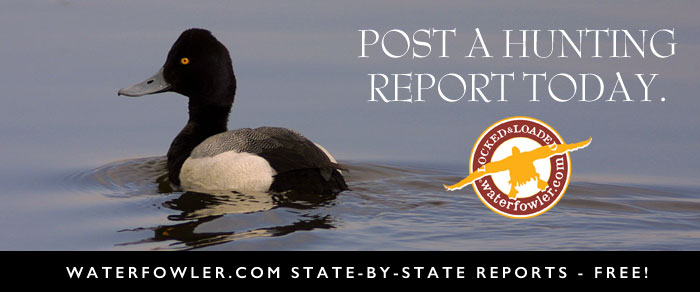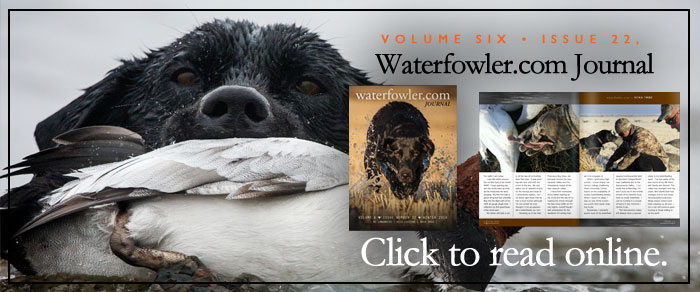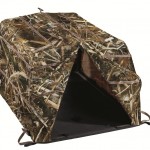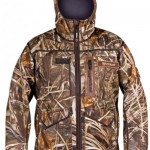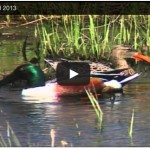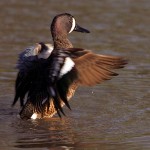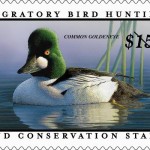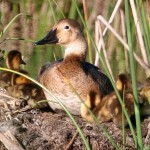Disappear in the RedHead® Pit Stop Layout Blind
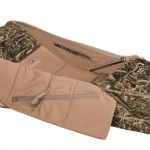
There are several great reasons to add a Redhead® Pit Stop Layout Blind to your waterfowl hunting arsenal. One reason is you want to disappear when ducks or geese approach. It sounds simple. Yet the birds’ eyes are so keen, and pressured waterfowl become so wary, invisibility is a tall order. Besides blending flawlessly with the background, a good layout blind must be comfortable, rugged, lightweight, easily hidden, and versatile. The Pit Stop Blind meets every demand. At its core is a lightweight, collapsible steel frame. It deploys in seconds and folds to packable size just as quickly with no nuts, bolts, or pins to lose in the dark, and no tools required. The shell is 600 D fabric in Realtree Max-5 camouflage for maximum versatility in the field, among the cattails, or on a mid-river sandbar. Brushing blinds is tedious and stressful as the morning’s first birds buzz the… Continue reading





